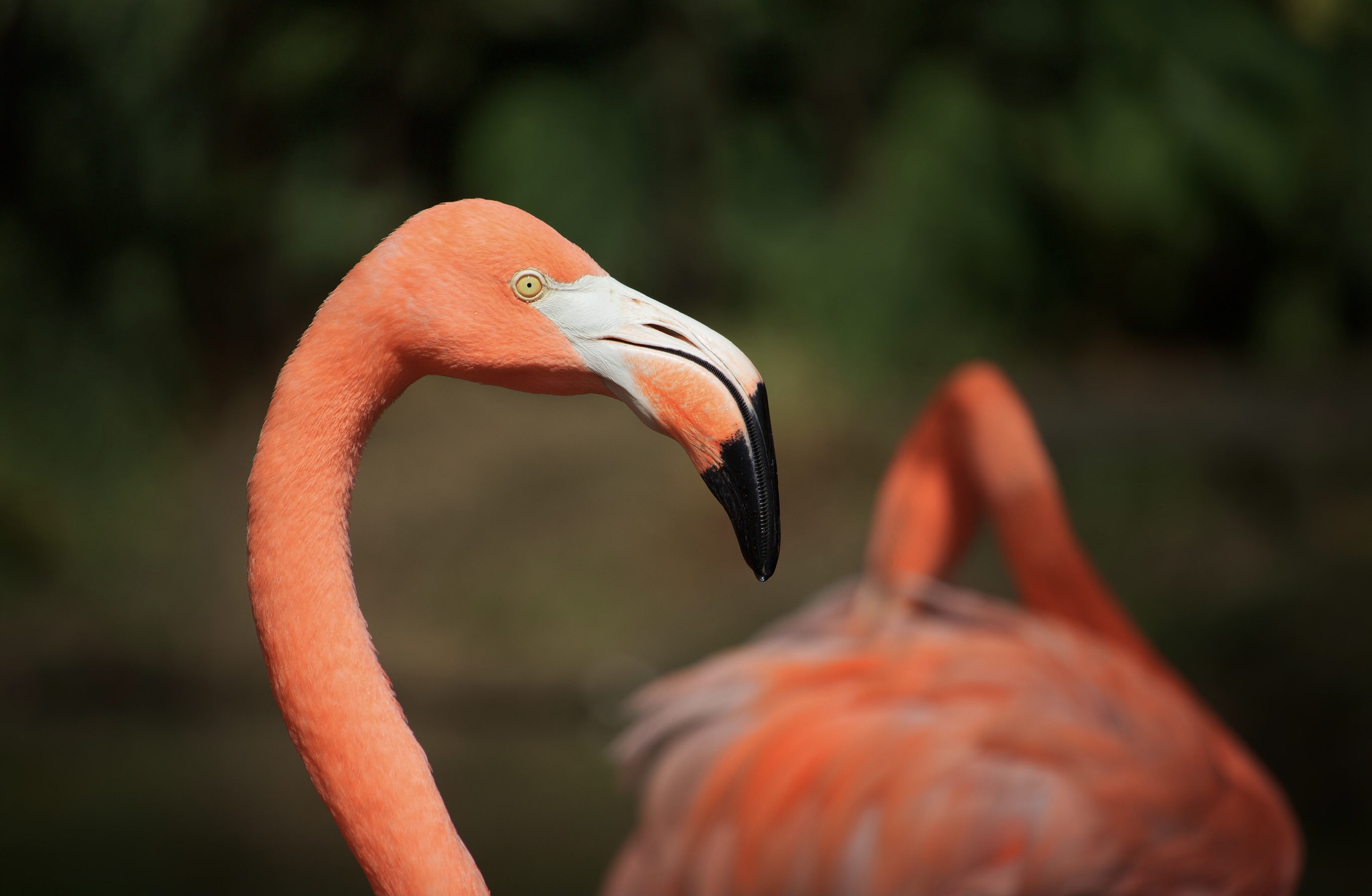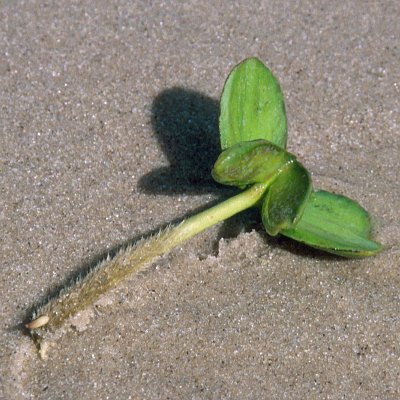|
Vadamarachchi Lagoon
Vadamarachchi lagoon ( ta, வடமராட்சி கடல்நீரேரி) is a lagoon in Jaffna District, northern Sri Lanka. The lagoon is sometimes referred to as Thondamannar lagoon. The lagoon separates the Vadamarachchi region from the Valikamam and Thenmarachchi regions. The lagoon is connected to the Indian Ocean by a narrow channel to the north, near the town of Thondamannar. The lagoon's water is brackish to saline. There is a sluice gate at Thondamannar to prevent sea water entering the lagoon. The lagoon is surrounded by a densely populated region containing palmyra palms, coconut palm, grassland, rice paddies, arid scrubland and open forest. The lagoon has extensive mudflats, seagrass beds and mangrove swamps, particularly Avicennia. The lagoon attracts a wide variety of water birds including American flamingoes, ducks, gulls, terns and other shorebird 245px, A flock of Dunlins and Red knots">Red_knot.html" ;"title="Dunlins and Red knot">Dunlins ... [...More Info...] [...Related Items...] OR: [Wikipedia] [Google] [Baidu] |
Grassland
A grassland is an area where the vegetation is dominated by grasses (Poaceae). However, sedge (Cyperaceae) and rush (Juncaceae) can also be found along with variable proportions of legumes, like clover, and other herbs. Grasslands occur naturally on all continents except Antarctica and are found in most ecoregions of the Earth. Furthermore, grasslands are one of the largest biomes on earth and dominate the landscape worldwide. There are different types of grasslands: natural grasslands, semi-natural grasslands, and agricultural grasslands. They cover 31–69% of the Earth's land area. Definitions Included among the variety of definitions for grasslands are: * "...any plant community, including harvested forages, in which grasses and/or legumes make up the dominant vegetation." * "...terrestrial ecosystems dominated by herbaceous and shrub vegetation, and maintained by fire, grazing, drought and/or freezing temperatures." (Pilot Assessment of Global Ecosystems, 2000) * "A ... [...More Info...] [...Related Items...] OR: [Wikipedia] [Google] [Baidu] |
Gulls
Gulls, or colloquially seagulls, are seabirds of the family Laridae in the suborder Lari. They are most closely related to the terns and skimmers and only distantly related to auks, and even more distantly to waders. Until the 21st century, most gulls were placed in the genus ''Larus'', but that arrangement is now considered polyphyletic, leading to the resurrection of several genera. An older name for gulls is mews, which is cognate with German ''Möwe'', Danish ''måge'', Swedish ''mås'', Dutch ''meeuw'', Norwegian ''måke''/''måse'' and French ''mouette'', and can still be found in certain regional dialects. Gulls are typically medium to large in size, usually grey or white, often with black markings on the head or wings. They typically have harsh wailing or squawking calls; stout, longish bills; and webbed feet. Most gulls are ground-nesting carnivores which take live food or scavenge opportunistically, particularly the ''Larus'' species. Live food often includes crustac ... [...More Info...] [...Related Items...] OR: [Wikipedia] [Google] [Baidu] |
Duck
Duck is the common name for numerous species of waterfowl in the family Anatidae. Ducks are generally smaller and shorter-necked than swans and geese, which are members of the same family. Divided among several subfamilies, they are a form taxon; they do not represent a monophyletic group (the group of all descendants of a single common ancestral species), since swans and geese are not considered ducks. Ducks are mostly aquatic birds, and may be found in both fresh water and sea water. Ducks are sometimes confused with several types of unrelated water birds with similar forms, such as loons or divers, grebes, gallinules and coots. Etymology The word ''duck'' comes from Old English 'diver', a derivative of the verb 'to duck, bend down low as if to get under something, or dive', because of the way many species in the dabbling duck group feed by upending; compare with Dutch and German 'to dive'. This word replaced Old English / 'duck', possibly to avoid confusion with ... [...More Info...] [...Related Items...] OR: [Wikipedia] [Google] [Baidu] |
American Flamingo
The American flamingo (''Phoenicopterus ruber'') is a large species of flamingo closely related to the greater flamingo and Chilean flamingo native to the Neotropics. It was formerly considered conspecific with the greater flamingo, but that treatment is now widely viewed (e.g. by the American and British Ornithologists' Unions) as incorrect due to a lack of evidence. It is also known as the Caribbean flamingo, although it is also present in the Galápagos Islands. It is the only flamingo that naturally inhabits North America. Distribution The American flamingo breeds in South America (in the Galápagos Islands of Ecuador, coastal Colombia and Venezuela, and northern Brazil), in the West Indies (Trinidad and Tobago, Cuba, Jamaica, Hispaniola (the Dominican Republic and Haiti), The Bahamas, the Virgin Islands, and the Turks and Caicos Islands), and tropical areas of continental North America (along the northern coast of the Yucatán Peninsula in Mexico, and Cameron Parish, Louis ... [...More Info...] [...Related Items...] OR: [Wikipedia] [Google] [Baidu] |
Water Bird
A water bird, alternatively waterbird or aquatic bird, is a bird that lives on or around water. In some definitions, the term ''water bird'' is especially applied to birds in freshwater ecosystems, although others make no distinction from seabirds that inhabit marine environments. Some water birds (e.g. wading birds) are more terrestrial while others (e.g. waterfowls) are more aquatic, and their adaptations will vary depending on their environment. These adaptations include webbed feet, beaks, and legs adapted to feed in the water, and the ability to dive from the surface or the air to catch prey in water. The term ''aquatic bird'' is sometimes also used in this context. A related term that has a narrower meaning is waterfowl. Some piscivorous birds of prey, such as ospreys and sea eagles, hunt aquatic prey but do not stay in water for long and lives predominantly over dry land, and are not considered water birds. The term waterbird is also used in the context of conservation ... [...More Info...] [...Related Items...] OR: [Wikipedia] [Google] [Baidu] |
Avicennia
''Avicennia'' is a genus of flowering plants currently placed in the bear's breeches family, Acanthaceae. It contains mangrove trees, which occur in the intertidal zones of estuarine areas and are characterized by its "pencil roots", which are aerial roots. They are also commonly known as ''api api'', which in the Malay language means "fires", a reference to the fact that fireflies often congregate on these trees. Species of ''Avicennia'' occur worldwide south of the Tropic of Cancer. The taxonomic placement of ''Avicennia'' is contentious. In some classifications, it has been placed in the family Verbenaceae, but more recently has been placed by some botanists in the monogeneric family Avicenniaceae. Recent phylogenetic studies have suggested that ''Avicennia'' is derived from within Acanthaceae, and the genus is included in that family in the Angiosperm Phylogeny Group system. Designation of species is made difficult by the great variations in form of ''Avicennia marina''. B ... [...More Info...] [...Related Items...] OR: [Wikipedia] [Google] [Baidu] |
Swamps
A swamp is a forested wetland.Keddy, P.A. 2010. Wetland Ecology: Principles and Conservation (2nd edition). Cambridge University Press, Cambridge, UK. 497 p. Swamps are considered to be transition zones because both land and water play a role in creating this environment. Swamps vary in size and are located all around the world. The water of a swamp may be fresh water, brackish water, or seawater. Freshwater swamps form along large rivers or lakes where they are critically dependent upon rainwater and seasonal flooding to maintain natural water level fluctuations.Hughes, F.M.R. (ed.). 2003. The Flooded Forest: Guidance for policy makers and river managers in Europe on the restoration of floodplain forests. FLOBAR2, Department of Geography, University of Cambridge, Cambridge, UK. 96 p. Saltwater swamps are found along tropical and subtropical coastlines. Some swamps have hammock (ecology), hammocks, or dry-land protrusions, covered by aquatic vegetation, or vegetation that tolerates ... [...More Info...] [...Related Items...] OR: [Wikipedia] [Google] [Baidu] |
Mangrove
A mangrove is a shrub or tree that grows in coastal saline water, saline or brackish water. The term is also used for tropical coastal vegetation consisting of such species. Mangroves are taxonomically diverse, as a result of convergent evolution in several plant families. They occur worldwide in the tropics and subtropics and even some temperate coastal areas, mainly between latitudes 30° N and 30° S, with the greatest mangrove area within 5° of the equator. Mangrove plant families first appeared during the Late Cretaceous to Paleocene epochs, and became widely distributed in part due to the plate tectonics, movement of tectonic plates. The oldest known fossils of Nypa fruticans, mangrove palm date to 75 million years ago. Mangroves are salt-tolerant trees, also called halophytes, and are adapted to live in harsh coastal conditions. They contain a complex salt filtration system and a complex root system to cope with saltwater immersion and wave action. They are ad ... [...More Info...] [...Related Items...] OR: [Wikipedia] [Google] [Baidu] |
Seagrass
Seagrasses are the only flowering plants which grow in marine environments. There are about 60 species of fully marine seagrasses which belong to four families (Posidoniaceae, Zosteraceae, Hydrocharitaceae and Cymodoceaceae), all in the order Alismatales (in the clade of monocotyledons). Seagrasses evolved from terrestrial plants which recolonised the ocean 70 to 100 million years ago. The name ''seagrass'' stems from the many species with long and narrow leaves, which grow by rhizome extension and often spread across large "meadows" resembling grassland; many species superficially resemble terrestrial grasses of the family Poaceae. Like all autotrophic plants, seagrasses photosynthesize, in the submerged photic zone, and most occur in shallow and sheltered coastal waters anchored in sand or mud bottoms. Most species undergo submarine pollination and complete their life cycle underwater. While it was previously believed this pollination was carried out without pollinators ... [...More Info...] [...Related Items...] OR: [Wikipedia] [Google] [Baidu] |
Mudflats
Mudflats or mud flats, also known as tidal flats or, in Ireland, slob or slobs, are coastal wetlands that form in intertidal areas where sediments have been deposited by tides or rivers. A global analysis published in 2019 suggested that tidal flat ecosystems are as extensive globally as mangroves, covering at least of the Earth's surface. / They are found in sheltered areas such as bays, bayous, lagoons, and estuaries; they are also seen in freshwater lakes and salty lakes (or inland seas) alike, wherein many rivers and creeks end. Mudflats may be viewed geologically as exposed layers of bay mud, resulting from deposition of estuarine silts, clays and aquatic animal detritus. Most of the sediment within a mudflat is within the intertidal zone, and thus the flat is submerged and exposed approximately twice daily. A recent global remote sensing analysis estimated that approximately 50% of the global extent of tidal flats occurs within eight countries (Indonesia, China, Australia ... [...More Info...] [...Related Items...] OR: [Wikipedia] [Google] [Baidu] |
Forest
A forest is an area of land dominated by trees. Hundreds of definitions of forest are used throughout the world, incorporating factors such as tree density, tree height, land use, legal standing, and ecological function. The United Nations' Food and Agriculture Organization (FAO) defines a forest as, "Land spanning more than 0.5 hectares with trees higher than 5 meters and a canopy cover of more than 10 percent, or trees able to reach these thresholds ''in situ''. It does not include land that is predominantly under agricultural or urban use." Using this definition, '' Global Forest Resources Assessment 2020'' (FRA 2020) found that forests covered , or approximately 31 percent of the world's land area in 2020. Forests are the predominant terrestrial ecosystem of Earth, and are found around the globe. More than half of the world's forests are found in only five countries (Brazil, Canada, China, Russia, and the United States). The largest share of forests (45 percent) are in th ... [...More Info...] [...Related Items...] OR: [Wikipedia] [Google] [Baidu] |






